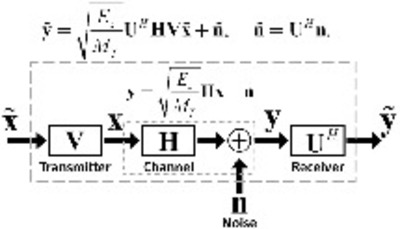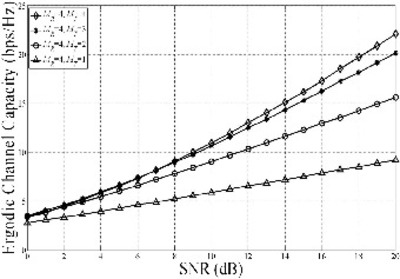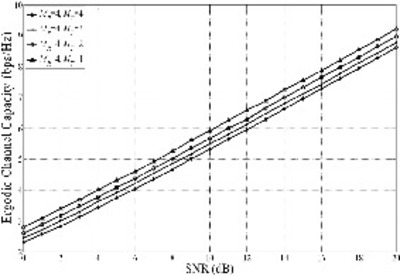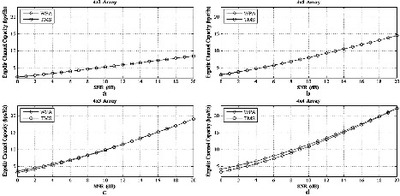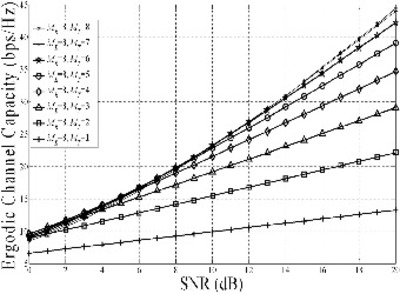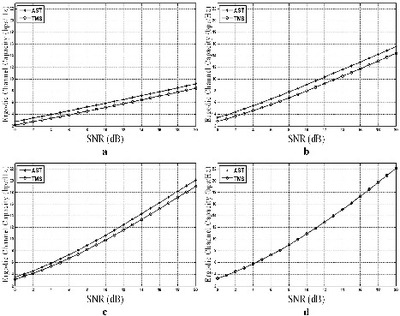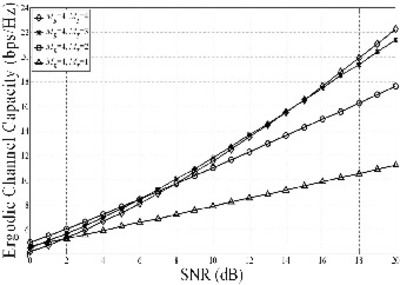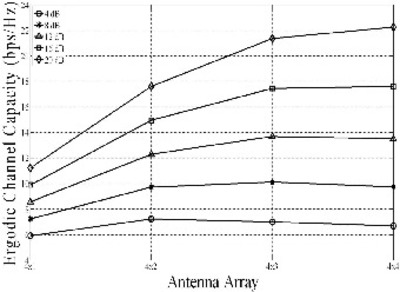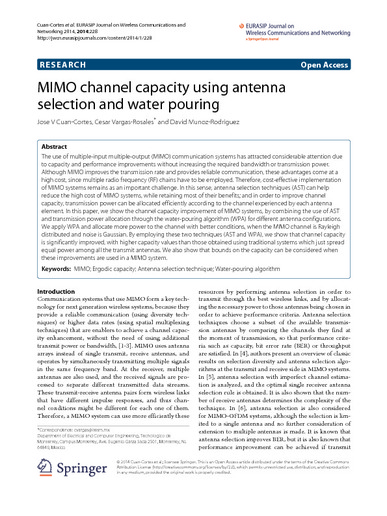| dc.contributor.author | Cuan Cortes, Jose V. | en |
| dc.contributor.author | Vargas-Rosales, Cesar | en |
| dc.contributor.author | Munoz Rodriguez, David | en |
| dc.date.accessioned | 2016-06-14T18:58:53Z | |
| dc.date.available | 2016-06-14T18:58:53Z | |
| dc.date.issued | 30/12/2014 | |
| dc.identifier.other | EURASIP Journal on Wireless Communications and Networking. 2014 Dec 30;2014(1):228 | |
| dc.identifier.uri | http://dx.doi.org/10.1186/1687-1499-2014-228 | |
| dc.identifier.uri | http://hdl.handle.net/11285/613117 | |
| dc.description.abstract | Abstract The use of multiple-input multiple-output (MIMO) communication systems has attracted considerable attention due to capacity and performance improvements without increasing the required bandwidth or transmission power. Although MIMO improves the transmission rate and provides reliable communication, these advantages come at a high cost, since multiple radio frequency (RF) chains have to be employed. Therefore, cost-effective implementation of MIMO systems remains as an important challenge. In this sense, antenna selection techniques (AST) can help reduce the high cost of MIMO systems, while retaining most of their benefits; and in order to improve channel capacity, transmission power can be allocated efficiently according to the channel experienced by each antenna element. In this paper, we show the channel capacity improvement of MIMO systems, by combining the use of AST and transmission power allocation through the water-pouring algorithm (WPA) for different antenna configurations. We apply WPA and allocate more power to the channel with better conditions, when the MIMO channel is Rayleigh distributed and noise is Gaussian. By employing these two techniques (AST and WPA), we show that channel capacity is significantly improved, with higher capacity values than those obtained using traditional systems which just spread equal power among all the transmit antennas. We also show that bounds on the capacity can be considered when these improvements are used in a MIMO system. | |
| dc.language.iso | eng | en |
| dc.publisher | Springer Open | en |
| dc.relation.url | http://jwcn.eurasipjournals.springeropen.com/articles/10.1186/1687-1499-2014-228 | en |
| dc.rights.uri | http://creativecommons.org/licenses/by-nc-nd/4.0/ | * |
| dc.title | MIMO channel capacity using antenna selection and water pouring | en |
| dc.type | Artículo / Article | en |
| dc.rights.holder | Cuan-Cortes et al.; licensee Springer. | |
| dc.date.updated | 2016-06-01T12:19:45Z | |
| dc.subject.keyword | MIMO | en |
| dc.subject.keyword | Ergodic capacity | en |
| dc.subject.keyword | Antenna selection technique | en |
| dc.subject.keyword | Water-pouring algorithm | en |
| dc.subject.discipline | Ingeniería y Ciencias Aplicadas / Engineering & Applied Sciences | |
| refterms.dateFOA | 2018-03-23T14:20:30Z | |
| html.description.abstract | Abstract The use of multiple-input multiple-output (MIMO) communication systems has attracted considerable attention due to capacity and performance improvements without increasing the required bandwidth or transmission power. Although MIMO improves the transmission rate and provides reliable communication, these advantages come at a high cost, since multiple radio frequency (RF) chains have to be employed. Therefore, cost-effective implementation of MIMO systems remains as an important challenge. In this sense, antenna selection techniques (AST) can help reduce the high cost of MIMO systems, while retaining most of their benefits; and in order to improve channel capacity, transmission power can be allocated efficiently according to the channel experienced by each antenna element. In this paper, we show the channel capacity improvement of MIMO systems, by combining the use of AST and transmission power allocation through the water-pouring algorithm (WPA) for different antenna configurations. We apply WPA and allocate more power to the channel with better conditions, when the MIMO channel is Rayleigh distributed and noise is Gaussian. By employing these two techniques (AST and WPA), we show that channel capacity is significantly improved, with higher capacity values than those obtained using traditional systems which just spread equal power among all the transmit antennas. We also show that bounds on the capacity can be considered when these improvements are used in a MIMO system. | |

